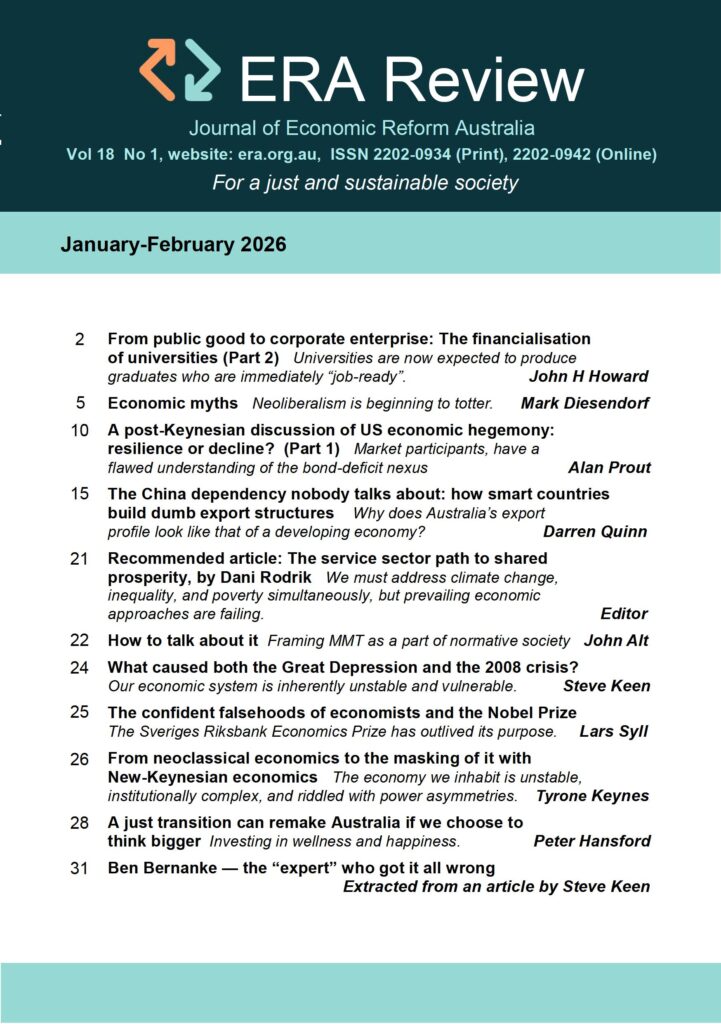The scarcity machine
Inequality drives artificial scarcity – Jason Hickel
 Even those people who are concerned about ecological breakdown are forced to submit to this logic: if you care about human lives, then you must call for growth first and foremost, regardless of the ecological consequences; we can deal with the environment later, once everyone has enough. But there will be no later, because the problem of scarcity is never solved – there is never enough. Whenever scarcity is about to be solved, it is always quickly produced anew. In 1930, Keynes famously predicted that the economy would rapidly become so productive and replete that people would have to work for no more than 15 hours a week to satisfy all their material needs, thus freeing up more time for leisure.
Even those people who are concerned about ecological breakdown are forced to submit to this logic: if you care about human lives, then you must call for growth first and foremost, regardless of the ecological consequences; we can deal with the environment later, once everyone has enough. But there will be no later, because the problem of scarcity is never solved – there is never enough. Whenever scarcity is about to be solved, it is always quickly produced anew. In 1930, Keynes famously predicted that the economy would rapidly become so productive and replete that people would have to work for no more than 15 hours a week to satisfy all their material needs, thus freeing up more time for leisure.
Productivity has long since surpassed the point of abundance that Keynes foresaw, and yet his prediction about work has never come true, because instead of translating productivity gains into shorter working hours, higher wages and guaranteed employment, capitalists have captured the benefits for themselves, increasing their profits while keeping wages low, and retaining the threat of unemployment in order to discipline labour.
In this way, capitalism transforms even the most spectacular productivity gains not into abundance and human freedom, but into new forms of artificial scarcity. It must, or else it risks shutting down the engine of accumulation itself – killing the goose that lays golden eggs.
Here it becomes clear that inequality itself drives artificial scarcity, just as enclosure did in an earlier era. In the 1970s, the United States had a lower poverty rate, higher average real wages, and higher happiness levels than it does today, despite having less than half of today’s per capita income. The difference relates to distribution: in the 1970s, income was shared more fairly, leading to better social outcomes. Virtually all of the yields of growth since 1980 have been accumulated by the rich, leaving the rest of the society in a state of what can only be called artificial scarcity.
The same process plays out in every nation that has seen rising inequality, and indeed on a global scale as well. Today 4.2 billion people in the world (60% of humanity) live on less than the equivalent of $7.40 per day, the minim- um necessary for normal human life expectancy and basic nutrition. Since 1980, the incomes of the richest 1% have grown by 100 times more than those of the poorest 60%, and now stand at $18.7 trillion (World Inequality Report, 2018). This is three times more than it would take to cover the poverty gap and lift everyone on this planet above $7.40/day. In other words, shift- ing a third of the income of the richest 1% to the poorest 4.2 billion people could end global poverty at a stroke, while leaving the 1% with $175,000 pa.
References: RWER blogs, 30 June 2019






























